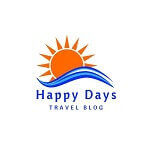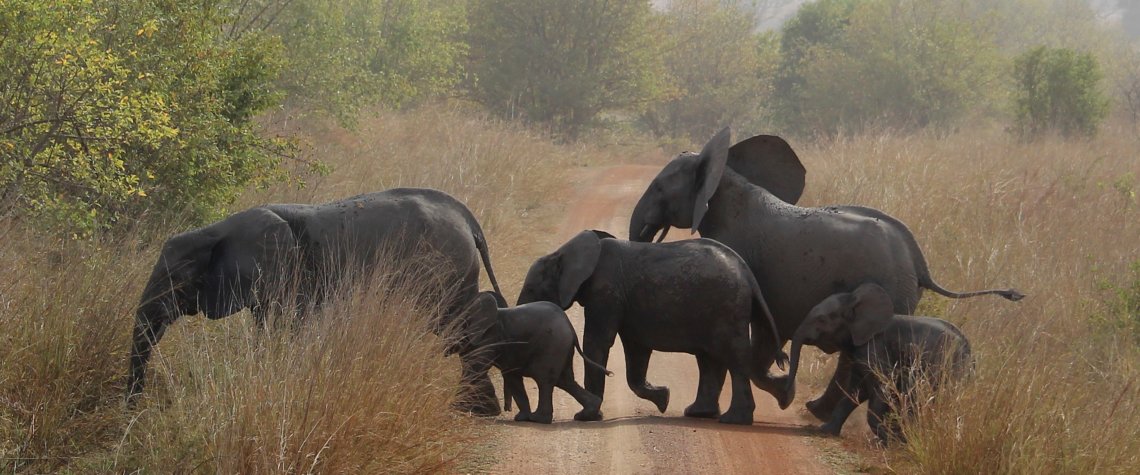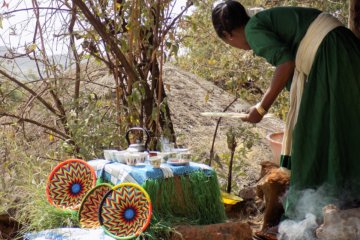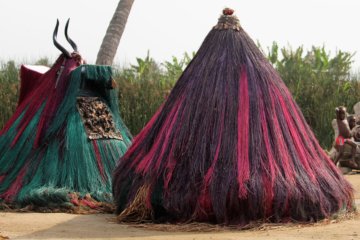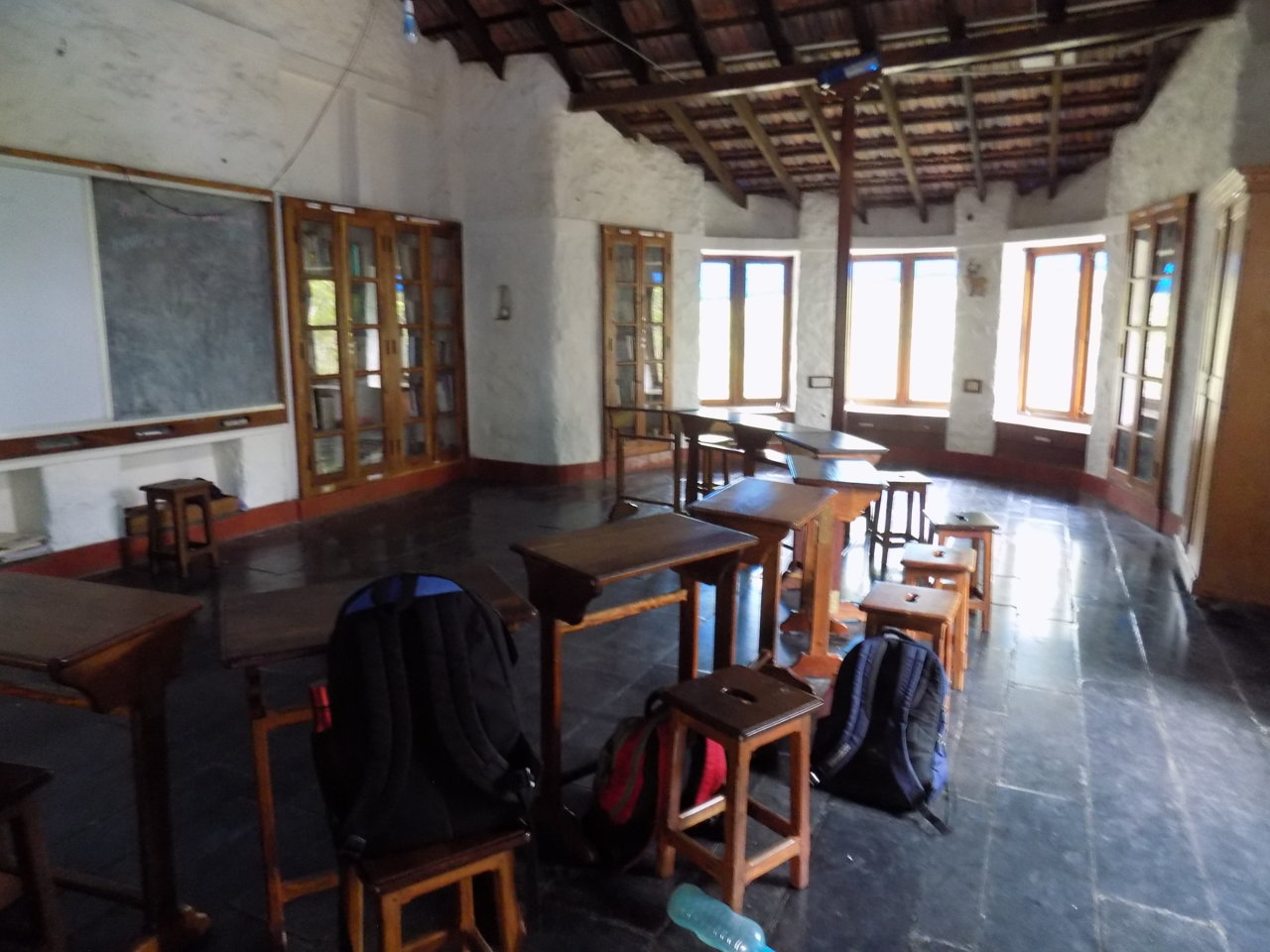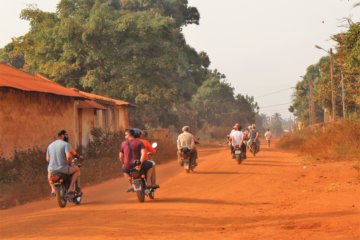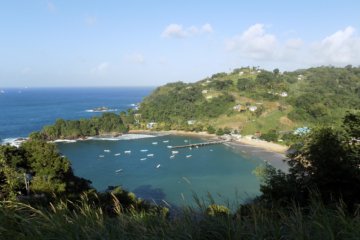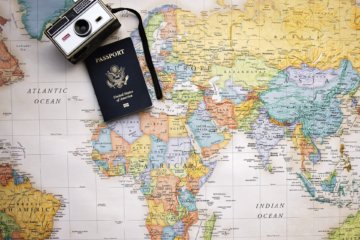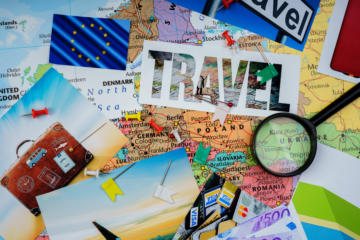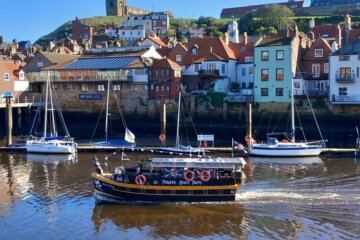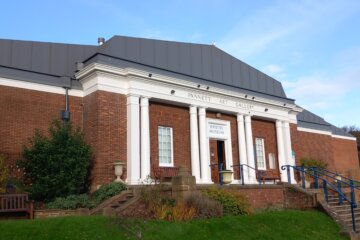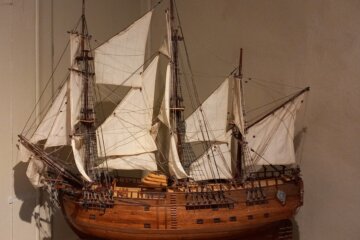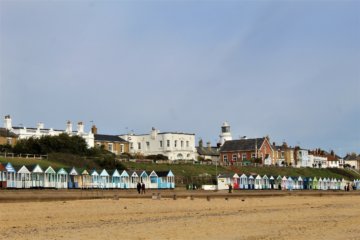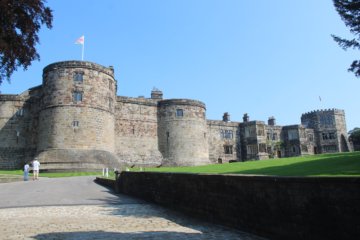The Pendjari National Park, the best place to see wild animals in West Africa, is located in north-west Benin, adjoining the Arli National Park in Burkina Faso. We spent a couple of nights here as part of our recent West Africa tour. At one point during our time in the park, one of our group realised from an app on his phone that we were only about 10 metres from the border. We were all tempted to go over just so we could add another country to our lists of places visited!
Named after the Pendjari River, the park covers an area of 4800 square kilometres. Most of this is flatland, bordered by the hills and cliffs of the Atakora range. It is one of the most scenic areas of Benin. In 2017, the Pendjari National Park was declared a UNESCO World Heritage Site.
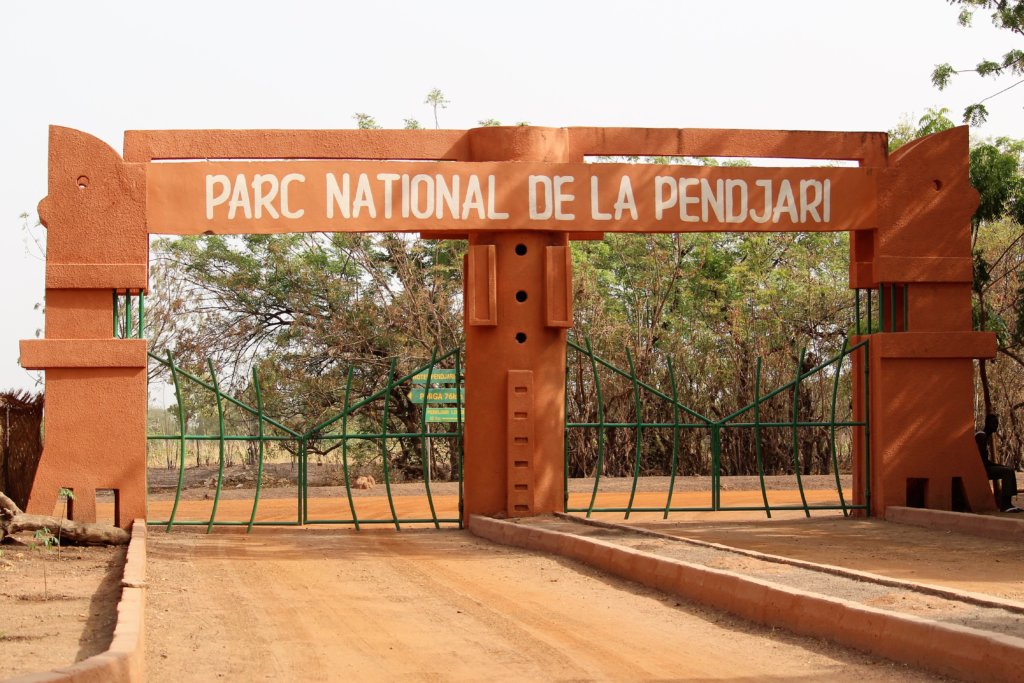
In this article
Pendjari National Park
Essentials
- Open – 15th October to 31st July
- Best time to visit – The dry season runs from December to May. It is best to go towards the end of the dry season when you are more likely to see animals at the waterholes.
- Entrance fee – CFA10,000 per person per day for foreigners. CFA3,000 per vehicle per day.
- Guides – To maximise your chances of seeing animals, it’s best to hire a guide. A list is available on the park’s website. The vast majority of them are French-speaking only. They are graded ‘A’ or ‘B’ depending on their level of expertise. It costs CFA10,000 to hire an ‘A’ guide for a day and CFA8,000 for a ‘B’ guide.
Accommodation
Pendjari National Park has few visitors and, therefore, few facilities to cater for them.
You can camp at two designated campsites within the park. The only facilities are drop toilets, but the sites are in stunning locations right next to large waterholes. The cost to camp is CFA5,000 per person per night. If you choose to camp, it’s compulsory to hire a guide to stay with you in the park. This is what we did.
The Pendjari Lodge is an eco-lodge offering tent accommodation. It is situated on a small hill and has good views overlooking a waterhole.
The only hotel within the park is the Hotel Pendjari which has rooms with ceiling fans and with air-conditioning. It also has a swimming pool, a bar and a restaurant. We stopped here on our second day in the park and found it to be pretty rundown. They didn’t appear to have any guests, though, so it must be difficult to maintain the facilities with little revenue coming in.
Both the lodge and the hotel can organise guides, 4 x 4 game drives and walking safaris.
Wildlife
Pendjari National Park is a conservation stronghold, home to thousands of animals and 460 bird species including kites and vultures.
The park is the largest remaining ecosystem in West Africa and is the last refuge for the region’s largest population of African forest elephant. It is also one of the few places where you can find the critically endangered maneless West African lion. It is estimated that there are fewer than 400 of these creatures left and approximately 100 of them are thought to be in the park.
Other animals found in Pendjaro National Park include hippos, buffalo, warthogs, civet, baboons, hyena, and many species of antelope, including kobs, roans, western hartebeest, bushbucks and waterbucks. There are also thought to be a few remaining Northwest African cheetah, though these are rarely sighted.
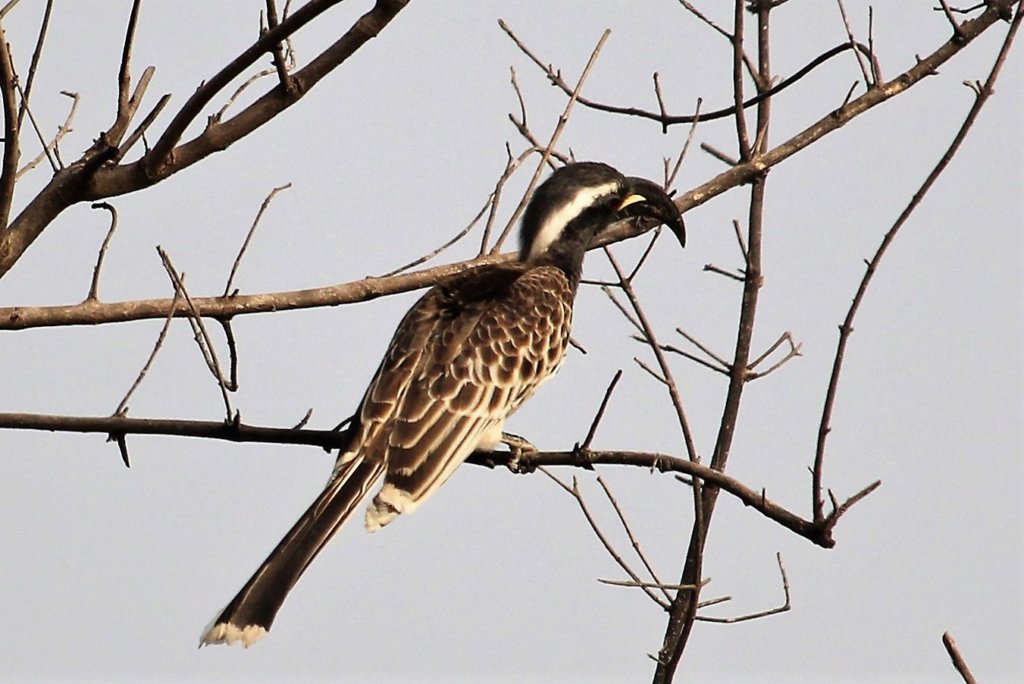
Our Visit
Driving into the park
The Pendjari National Park is vast! After entering the park north of Natitingou, where we had stopped to shop, and picking up our guide, it took us several hours to reach our campsite for the next two nights. Luckily, we were on the truck with the roof seats open, so we had the perfect vantage point from which to spot any wildlife en route. We saw lots of different antelopes and some warthogs. We also saw many birds. I’m certainly not a ‘birder’, but even I was impressed with the beauty of the Abyssian Rollers. We kept catching glimpses of their brilliant blue feathers as they darted around our truck. We paused at a waterhole and spent a pleasant half an hour or so watching a hippo and her baby playing Russian roulette with some hungry crocs!
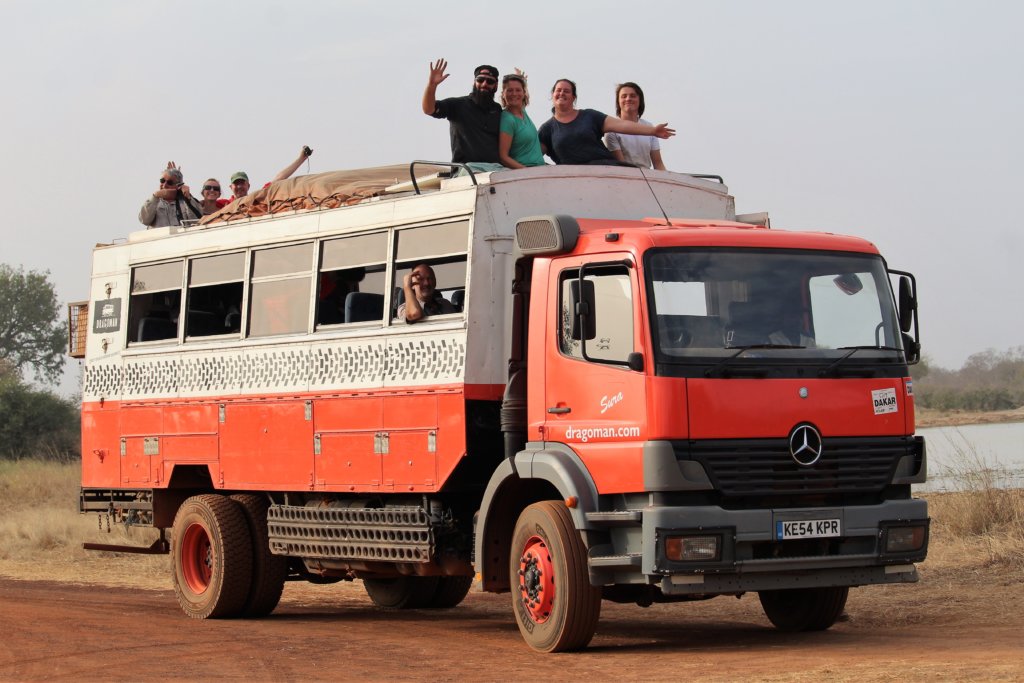
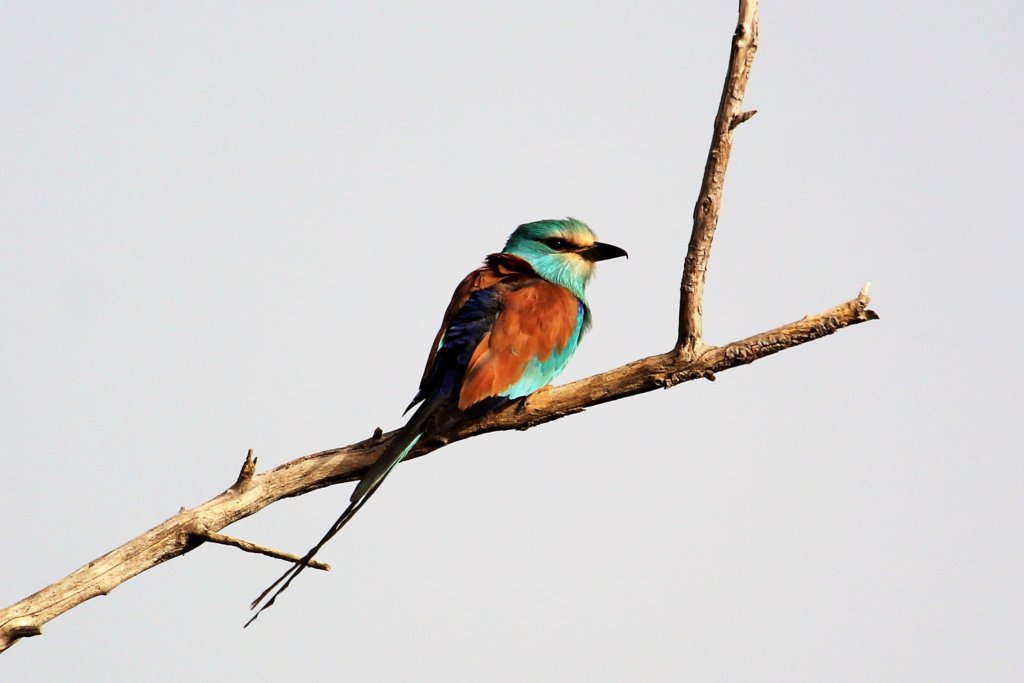
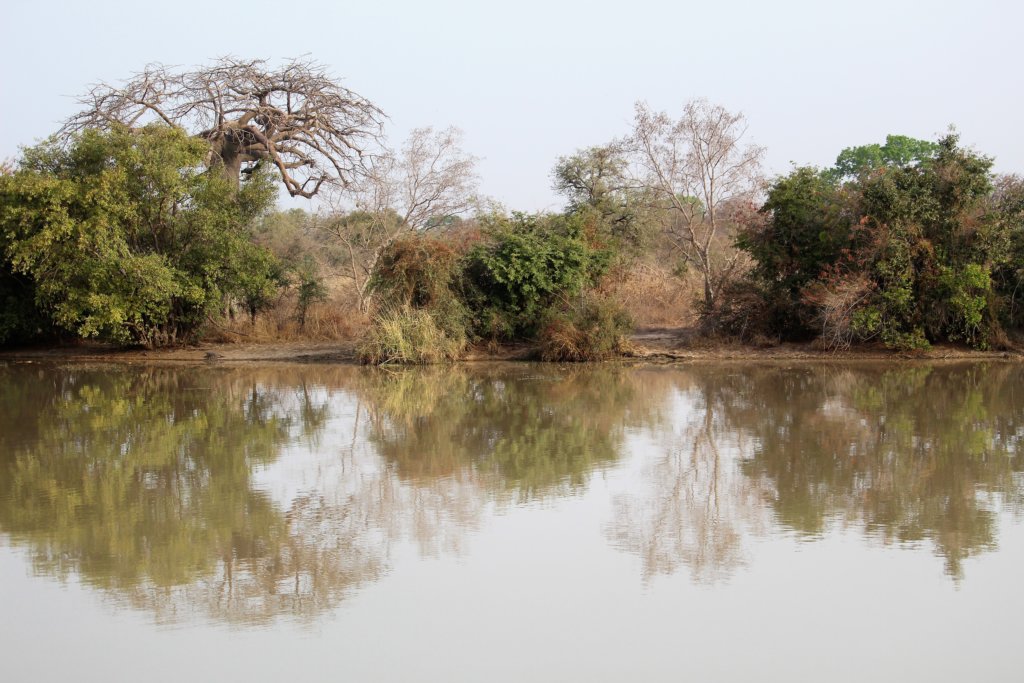

Our camp
It was almost dark when we arrived at our campsite on the first night so we had to quickly erect our tents and set up the camp kitchen. By this stage of the trip, we had this down to a fine art!
We were surprised, but pleased, to learn that we could have a fire in the park. It was very welcome, especially the next morning. Our guide had kept it going and we needed it after the temperature dropped dramatically overnight. We hadn’t slept well, not only because it was colder than we’d experienced since arriving in West Africa, but also because the hippos splashing about in the waterhole next to us were incredibly loud!
Poaching in Pendjari National Park
After dinner on the first night, I was talking to our guide about illegal poaching in the park. He said it was not as big a problem as it used to be as the park has employed a lot more rangers. The poachers they have caught have been arrested and sentenced to long prison terms as a deterrent to others. The temptation is still there, though, with animal products fetching high prices over the borders in Burkina Faso, Niger and Togo.
Park rangers are partly funded by the fees paid by ‘tourist hunters’. A section of Pendjari National Park has been set aside for tourists (mainly from France and the USA) to hunt legally. They pay CFA6,000,000 each for a week’s hunting. This covers their lodging, gun hire, guides, vehicles, etc. They are only allowed to shoot antelope and buffalo and are charged CFA300,000 for each antelope they kill and CFA700,000 for each buffalo. They take whatever trophies they want (heads, antlers, skins) and the meat is sold to locals through a shop at the park entrance. The scheme is a popular and successful part of Pendjari’s conservation programme.
A full day’s game drive
We spent our second day in Pendjari National Park on a game drive in the truck. We set off at 6.30am when it was very cold and still dark. Some hardy individuals, including Mark, were up on the roof seats from the get-go to get the best views of the sunrise.
During the morning, we saw hundreds of antelope of various species and lots of birds, but little else. After several hours, our initial excitement at each new sighting was wearing a little thin! It was hot and dusty and we were in need of refreshment,
After a delicious truck lunch prepared by Mark’s cook group, we set off again with renewed vigour! Now we saw lots of different animals including warthogs, baboons, monkeys and buffalo. The first highlight came when one of our group spotted a lion. We stopped the truck and watched a pair of the rare maneless West African lions as they wandered through the parched grass. It was exhilarating to see! Then, as we were heading back to camp, we saw a herd of about fifteen elephants, including a baby and some youngsters. We watched them for about 20 minutes as they emerged from the trees to our right, crossed the road in front of us, and continued on their way. Incredible!
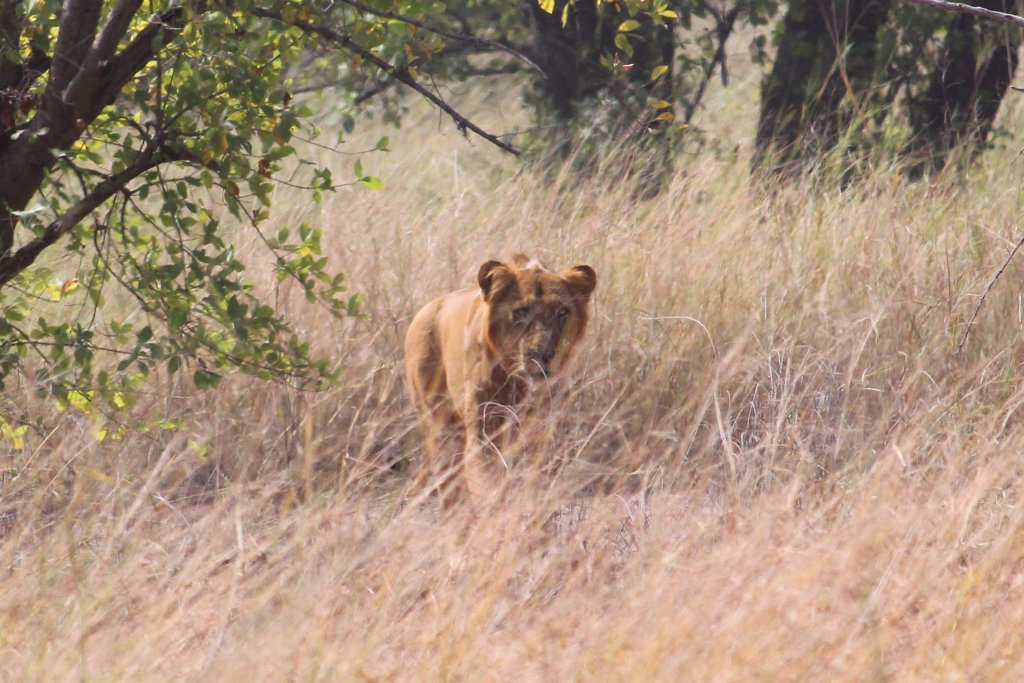
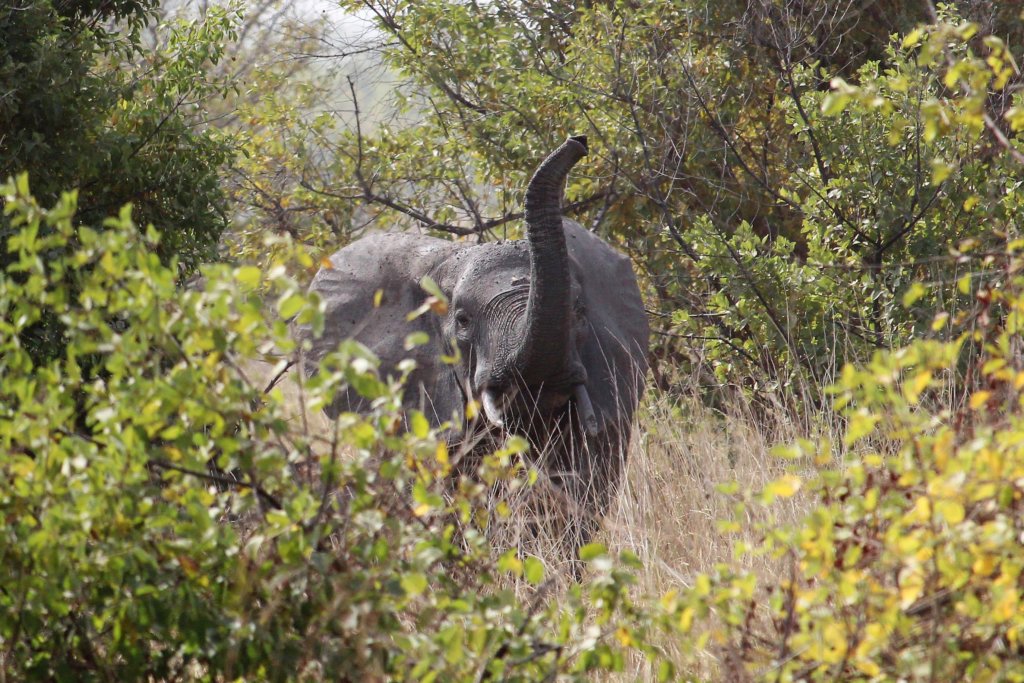
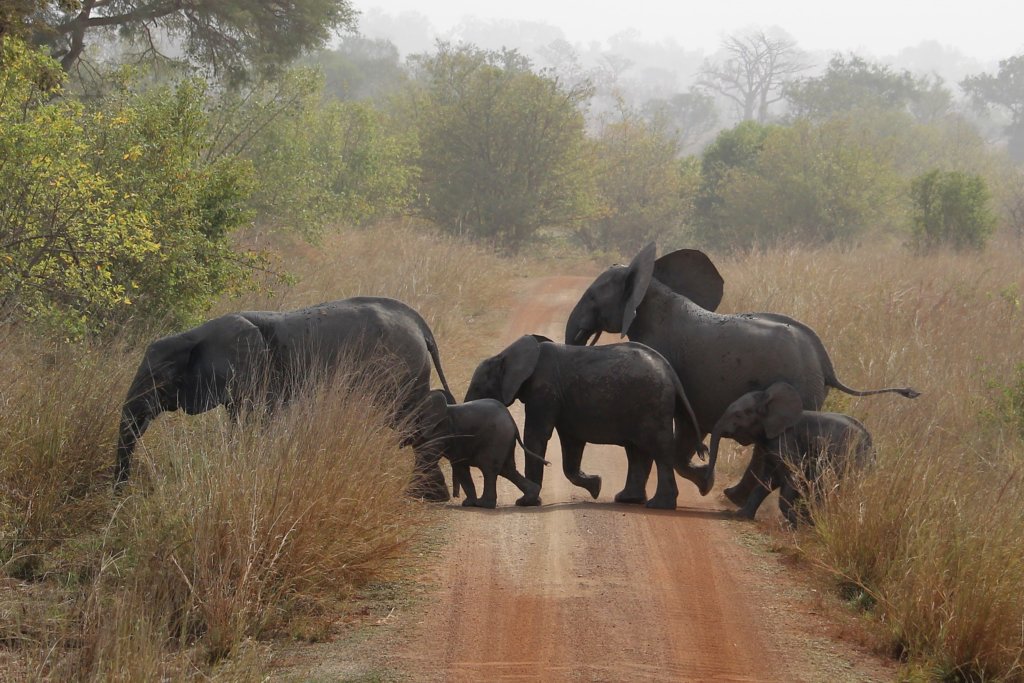
Driving out of the park
On our final morning in Pendjari National Park, we again got up early to make the most of opportunities to spot wildlife as we did the four-hour drive back to the park entrance. We didn’t see much until we stopped at a waterhole where lots of birds and animals appeared to give us a final, very memorable, show!
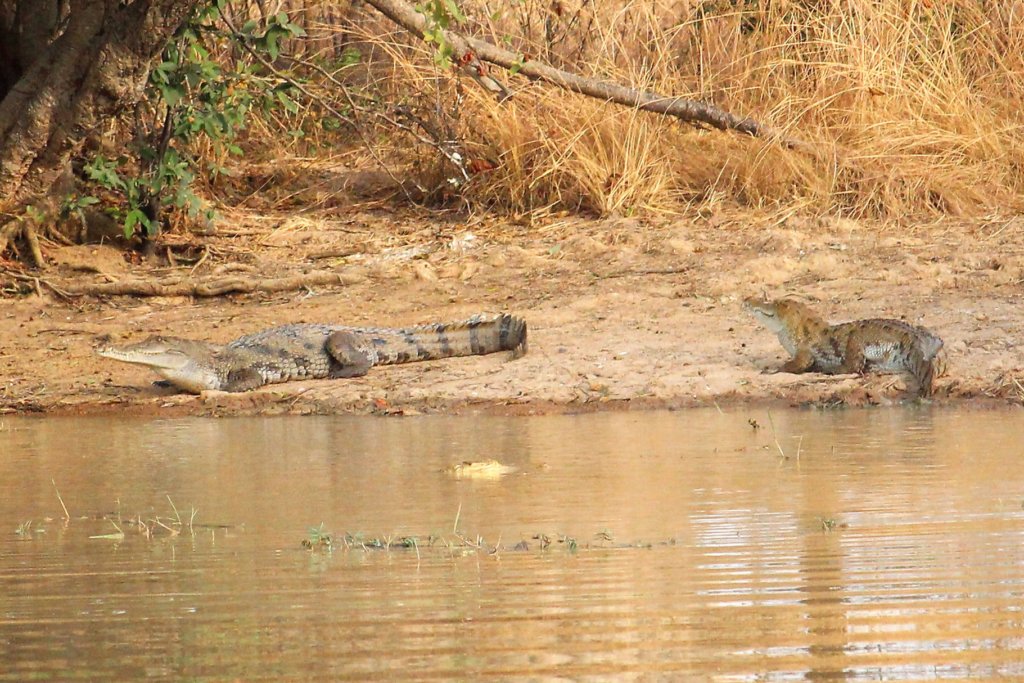
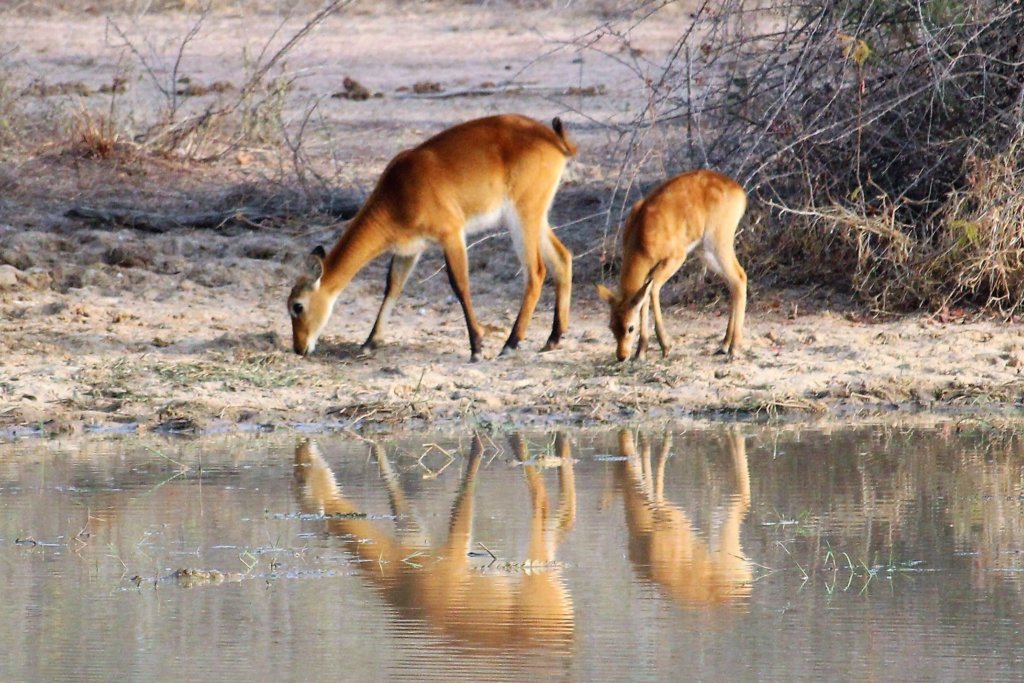
CLICK HERE TO READ MY BENIN TRAVEL GUIDE
BUY A GUIDE BOOK OR A COLOURING BOOK:
BOOK YOUR OWN TOUR OF WEST AFRICA!
IF YOU LIKE WHAT YOU’VE READ, PIN IT!!
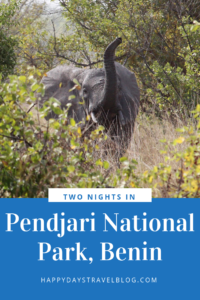
Disclosure: This post contains affiliate links. If you click through for more information, or to make a purchase, it may result in a small commission coming my way. Please note that there is no extra cost to you associated with this. Thank you so much for supporting my site.
Join our mailing list

Sign up to receive our monthly newsletter. Keep up with what we're doing and be the first to receive special offers and insider tips.
